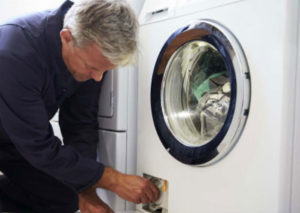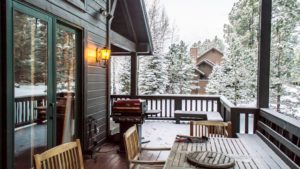 Something goes wrong with the air conditioner or the toilet clogs when you least expect it. If you’re not a Mr. or Ms. Fixit, you’ll have to go through the expense of calling a plumber, electrician or appliance expert to solve the problem. Unless a part has worn out, pilot error (that’s you or someone in the household) caused the malfunction.
Something goes wrong with the air conditioner or the toilet clogs when you least expect it. If you’re not a Mr. or Ms. Fixit, you’ll have to go through the expense of calling a plumber, electrician or appliance expert to solve the problem. Unless a part has worn out, pilot error (that’s you or someone in the household) caused the malfunction.
Appliances and fixtures can be temperamental because they’re only designed to work under certain conditions, so take time to learn a little about how each product functions. Even if you don’t think you’re handy, you can do a little preventive maintenance and make a quick fix to handle minor problems.
To extend the life of your appliances and systems, here are 10 helpful suggestions:
- Keep all booklets, warranties and operating instructions for every system and appliance in one convenient place.
- Follow suggested scheduled maintenance, such as bi-annual checkups for air conditioning systems.
- Keep supplies on hand – a plunger, drain cleaner, filters, etc.
- Change heating and air filters once a month.
- Clothes need room to tumble to get clean, so don’t overload washers.
- Empty dryer filters with every load.
- Don’t put potato peelings, fibrous vegetables such as celery, cooking oil or grease down any drain or disposal.
- Run water before during and after using the disposal.
- Put a mesh trap in your shower drain to catch hair and soap buildup.
- Paper towels, Kleenex, baby wipes and cat litter can quickly clog a toilet, even if the box says the contents are safe to flush.



 There are pros and cons to all types of stone countertops. How do you choose which ones are best for your home? Knowing the properties of each type of stone will help you make the right decision.
There are pros and cons to all types of stone countertops. How do you choose which ones are best for your home? Knowing the properties of each type of stone will help you make the right decision.

